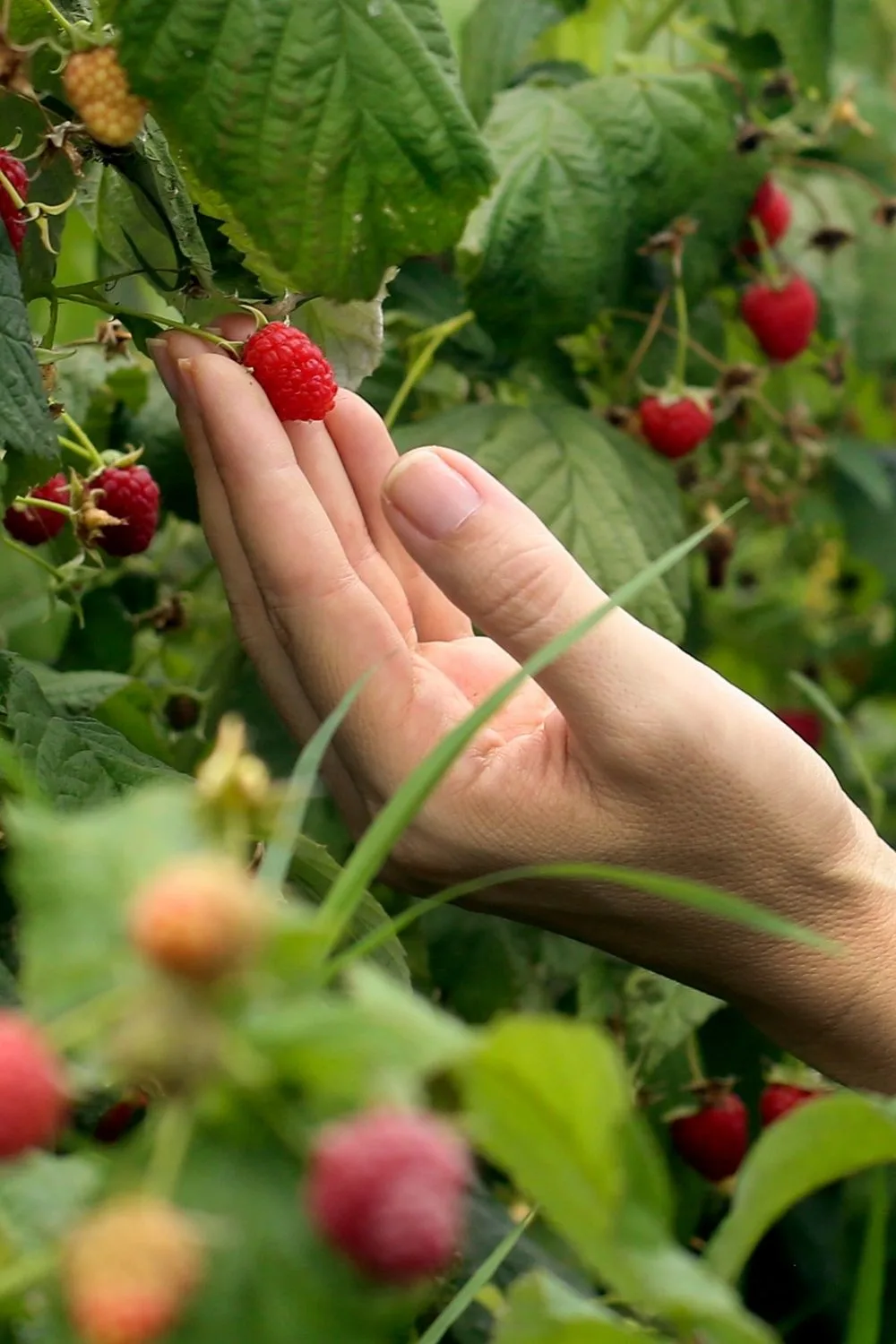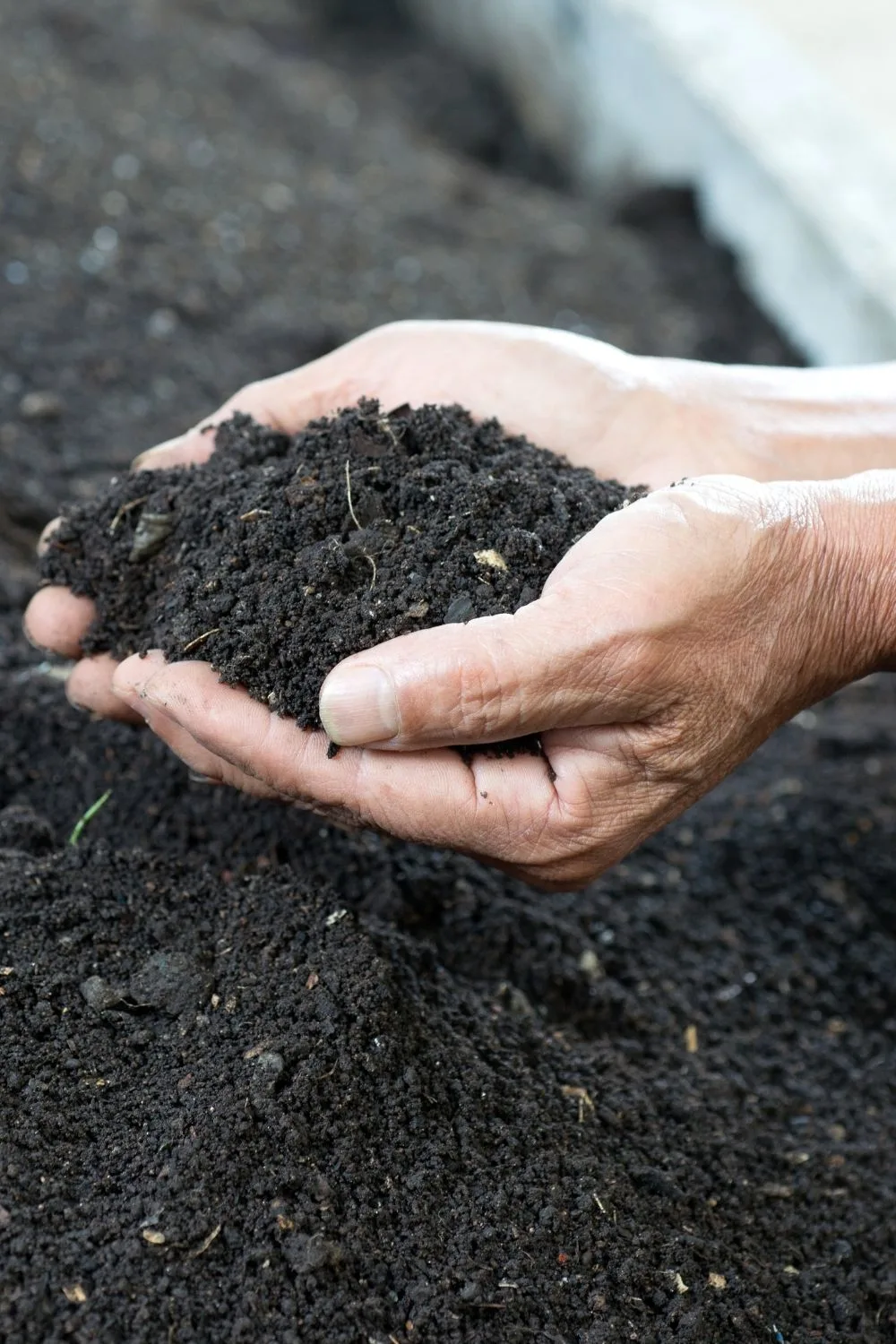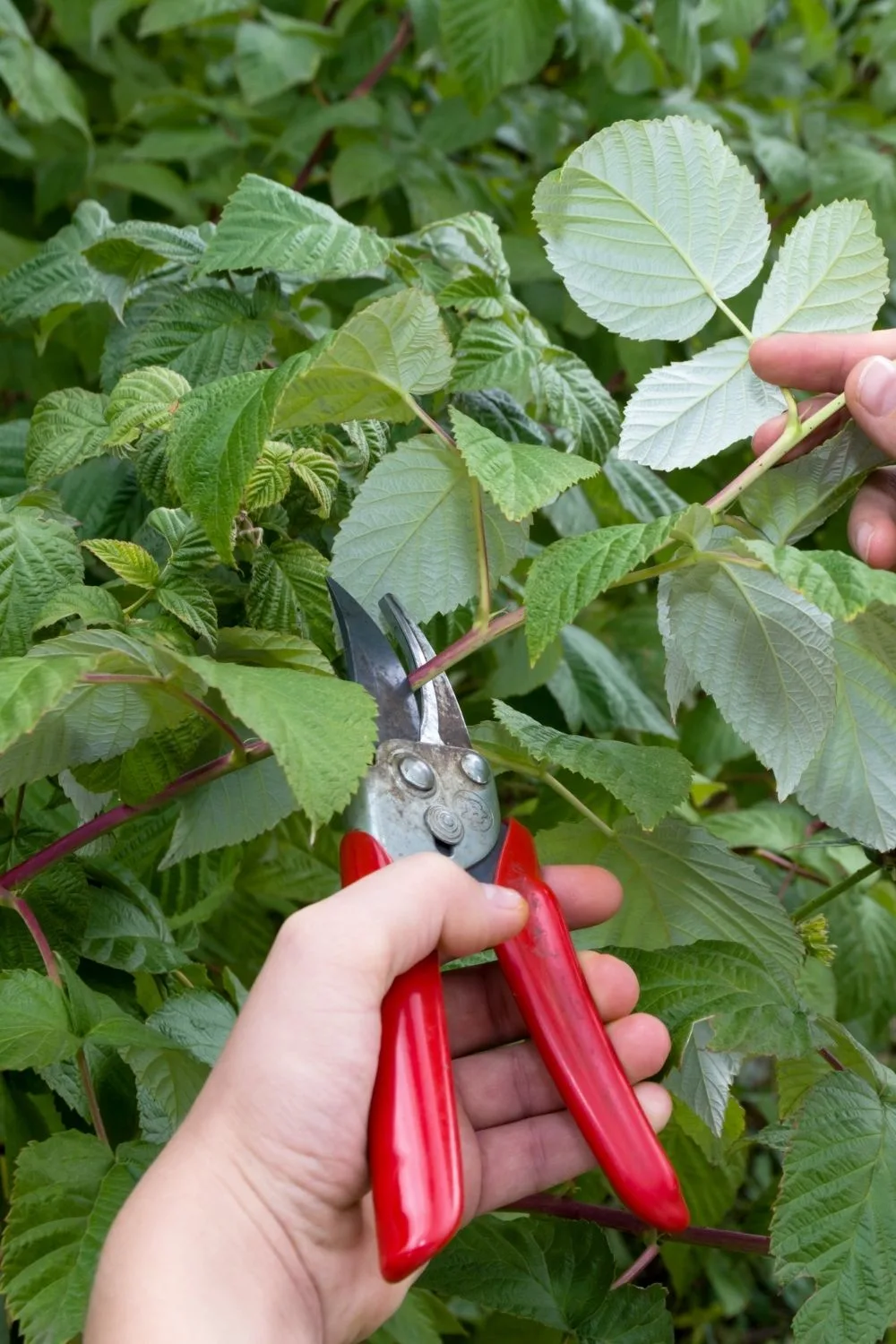Raspberries are sweet, delicious, and relatively easy to grow, but the sweltering Texas heat may present a challenge to even the most skilled gardeners.
After the raspberries have been planted, they still need to be harvested in the right conditions and properly cared for to develop the sweet red berries that your family loves.
Fortunately, you don’t necessarily need to have a green thumb to grow raspberries in Texas.
With good advice, a little TLC, and a lot of water, you can enjoy a full harvest of raspberries by this time next year.
Table of Contents
How to Grow Raspberries in Texas
To grow raspberries in Texas, you need to choose raspberry cultivars that can thrive in the warm climate and in full sunlight away from potatoes, tomatoes, eggplant, and blackberries. Modify the soil, prune them regularly, as well as water them regularly, especially during the summer.

How to Grow Raspberries in Texas
Choosing the Right Raspberry Cultivars
The best raspberry cultivar for the Texas Climate is the Dorman Red cultivar, but this self-pollinating variety is high maintenance.
The ideal soil for growing Dorman Red raspberries is sandy and acidic, so you may need to modify your native soil to lower its pH level or create a raised bed for these raspberries to thrive.

Use a pH meter to check if you’ve lowered the soil’s pH level enough for your raspberries to thrive
If you want the greatest chance of enjoying a raspberry harvest in Texas, you should go with Dorman Red cultivars.
Alternatively, Oregon 1030 and Southern Baba berry are two other cultivars that you may want to consider if you live in Northern Texas.
However, you will need to provide extra TLC during seasonal fluctuations in temperature and moisture levels.
Autumn Bliss and Heritage also thrive in the Texas heat, as these cultivars require full sunlight.
If you live in Southern Texas, you can relish the sweeter taste of Caroline raspberries, which are indigenous to Florida but fare well in Texas with soil modification.
Although some people recommend the Summer cultivar, this plant has a tendency to wilt when exposed to high temperatures.
Planting Raspberries in the Right Conditions
After selecting a raspberry cultivar, the next step is knowing the right time to plant your raspberry plants in Texas. Local nurseries sell raspberry plants in two forms: potted canes and bareroot bushes.

Plant your raspberries in the right conditions for it to thrive in Texas
Potted canes should be planted in the fall or early in the winter months, so their roots will be fully established by the time they face the brutal summer heat the following year.
On the other hand, bareroot bushes need to be planted in the spring. While you can indeed plant raspberry bushes from seed, it takes a whole lot of patience, and you won’t reap a harvest for another 18 months.
You should never plant your raspberries near similar fruits, such as blackberries, or in any field where you have previously planted tomatoes, potatoes, eggplants, or strawberries, as this will place your raspberries at an increased risk of developing fungi.
Modifying the Soil for Raspberry Plants
In many areas of Texas, the soil is composed of hard clay, which can inhibit the growth of raspberry plants.
If this sounds familiar, then your soil will need to be modified to support the growth of your raspberry bushes. Raspberries need moist, well-drained soil in order to grow.
Fortunately, soil modification isn’t that difficult. Often, this can be accomplished by creating raised beds to grow your raspberries.
Alternatively, you can add organic compost to your soil and three inches of mulch to hold moisture.

Adding organic compost to your soil can help your raspberry plants thrive in Texas
Ideally, the soil should have a PH balance of 6.0 and be well-drained and acidic.
Providing Sufficient Sunlight for Raspberries to Thrive
Most raspberry cultivars need to be planted in full sunlight to thrive, but afternoon shading is fine and even encouraged.

Provide sufficient sunlight for your raspberries to grow beautifully
In the summer, you will need to water your raspberry bushes more often as they are subject to wilting and scorching when exposed to excessive heat.
When growing raspberry plants from seed, however, they will need a full season of cold weather for the seeds to germinate, so it’s best to store the plants outdoors or in an unheated shed.
Just remember that even seedlings need adequate sun exposure and regular watering — even in the wintertime.
As a rule of thumb, raspberry bushes need at least seven hours per day of exposure to full sunlight (check out plant light levels if you don’t understand what this means), but it’s fine to plant your raspberries close to a tree in your yard to provide afternoon shade and minimize wilting caused by over-heating.
Periodically Pruning Raspberry Bushes
Raspberry bushes need occasional pruning to remove any dead or diseased canes.
While the frequency of pruning depends on the specific raspberry cultivar that you are growing, it’s always best to do some periodic pruning to encourage growth.

Regularly prune your raspberry bushes to avoid problems cropping up later on
If you don’t prune your raspberries, the bushes could become tangled or overgrown.
While you should always cut back the weaker and smaller canes, it’s also recommended to remove the top three inches of your bush once it reaches a height of thirty inches.
Frequently Asked Questions about How to Grow Raspberries in Texas
How often do raspberries need to be watered?
Generally, raspberries should be watered weekly. Raspberries need to be given two inches of water per week and twice that when being harvested. However, more frequent watering is often necessary in the Texas summertime heat.
Is it possible for raspberries to get too much sunlight?
It is indeed possible for raspberries to receive too much sun exposure. This can cause the leaves to become wilted, and the berries to be smaller and produce white spots.
How does an overwatered raspberry look like?
If your raspberry plants are growing slowly and have yellow leaves, then you are probably watering them too much. Fortunately, your raspberries can still be saved, simply by reducing the frequency and amount of watering.
Conclusion
If you live in Texas, you don’t need to give up on growing raspberries and start settling for blackberries.
While the diverse climate, hard clay soil, and sweltering summer heat may present challenges to growing raspberry crops, it is possible to overcome these hurdles.
By choosing the right cultivars, modifying the soil, and providing adequate sunlight and watering, you can be on your way to enjoying a harvest of juicy raspberries.

Daniel has been a plant enthusiast for over 20 years. He owns hundreds of houseplants and prepares for the chili growing seasons yearly with great anticipation. His favorite plants are plant species in the Araceae family, such as Monstera, Philodendron, and Anthurium. He also loves gardening and is growing hot peppers, tomatoes, and many more vegetables.


